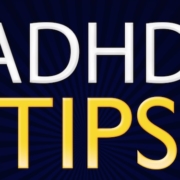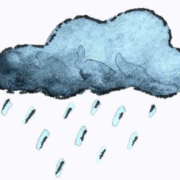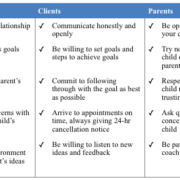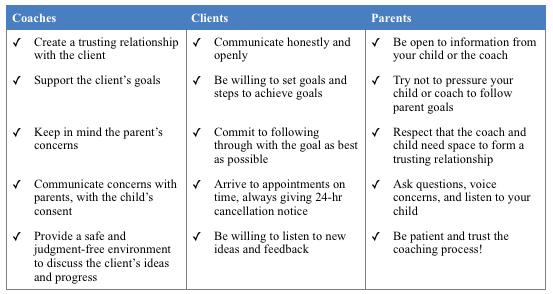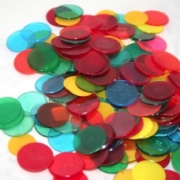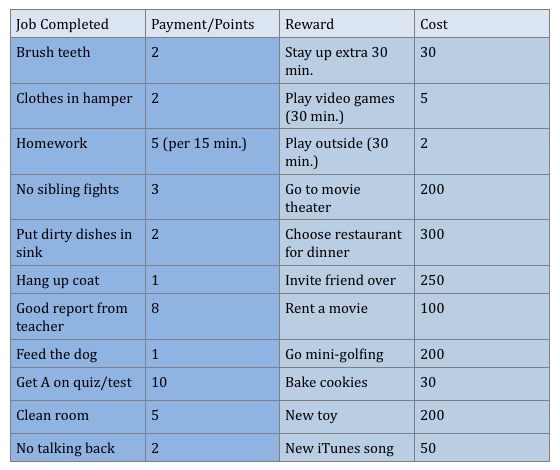Traditionally, restless leg syndrome (RLS) is considered to be a problem among middle aged and older adults. However, children can also experience RLS. Children may report symptoms of RLS less commonly than adults due to their inability to describe the RLS sensations or due to a possible different set of symptoms associated with childhood RLS.
**A surprising 44% of people with ADHD have RLS symptoms, and 26% of people with RLS have symptoms of ADHD.
There may be a common comorbidity, or co-occurrence, of RLS and ADHD. It is possible that symptoms of RLS may mimic ADHD symptoms or vice versa; however, research does not support this claim as RLS does not have symptoms of inattentiveness as in ADHD and leg discomfort is not characteristic of ADHD.
One hypothesis to explain this co-occurrence of ADHD and RLS is due to the lack of sleep that RLS causes. Odd sensations in the legs understandably cause lack of sleep. In the hyperarousal theory of ADHD, children with ADHD are sleepier than other children and use hyperactivity as a strategy to stay awake during the day. In other words, RLS may cause daytime sleepiness, which may lead to hyperactivity.
Another hypothesis suggests that children with RLS cannot sit still in class due to their leg discomfort. This increases the likelihood of the children with RLS getting out of their seats and squirming, as commonly seen in ADHD.
Other researchers believe that both RLS and ADHD are associated with a deficit in dopamine, an important neurotransmitter, or an iron deficiency. More research is needed to fully understand the relationship between RLS and ADHD.
Contact Dr. Gordon for help with your ADHD. We have treatment and solutions available online, by phone, and in our offices.
written by:
Brianna Malinowski,
Jay Gordon, Ph.D
Cortese, S., Konofal, E., & Lecendreux, M. (2008). The relationship between attention-deficit- hyperactivity-disorder and restless legs syndrome. European Neurological Review, 3(1), 111-114. doi:10.17925/ENR.2008.03.01.111
Image retrieved from: http://www.md-health.com/Restless-Leg-Syndrome.html


